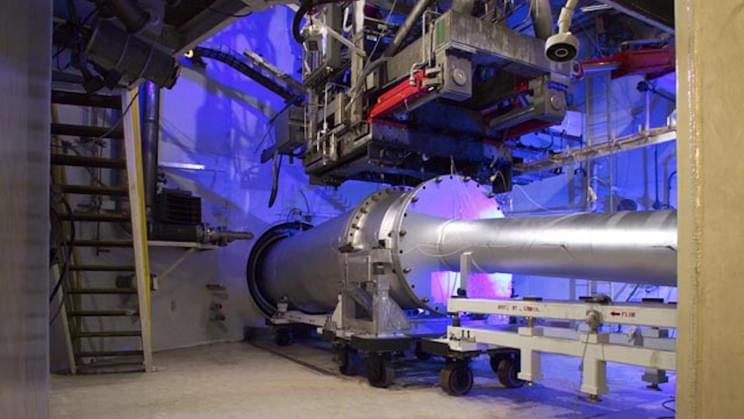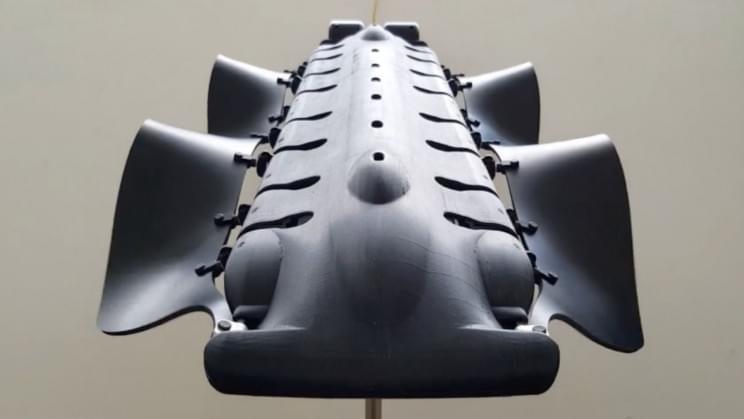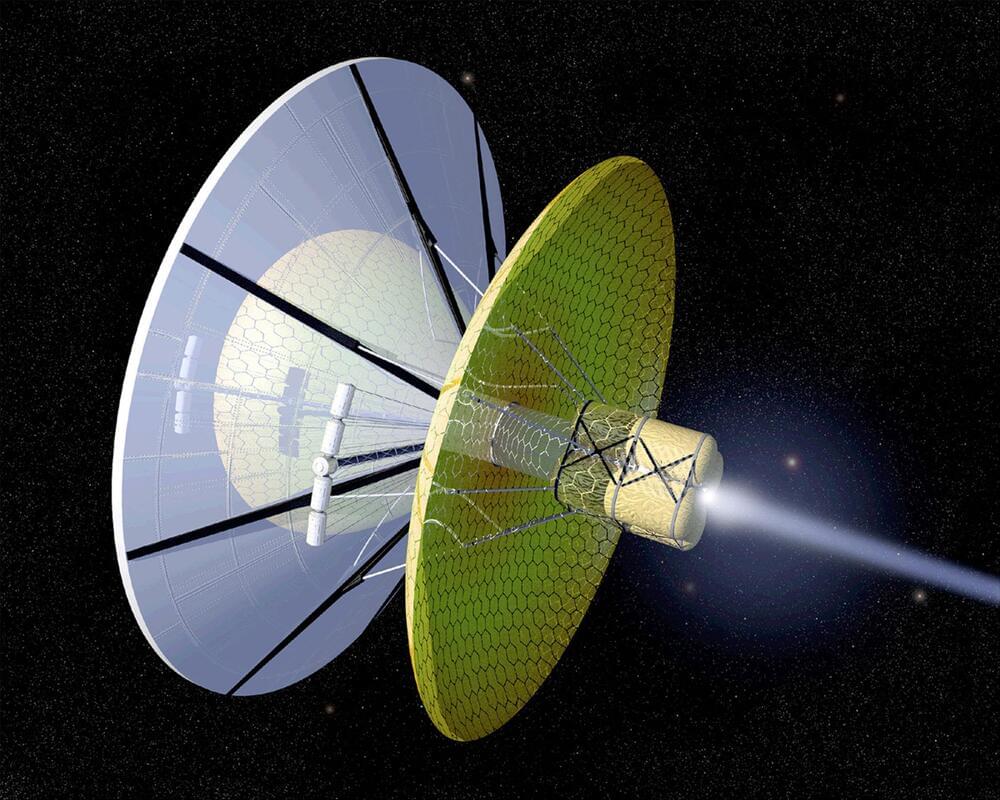Dec 20, 2021
China EV teardown: A $4,500 ‘alternative to walking’
Posted by Chima Wisdom in categories: sustainability, transportation
SAIC-GM-Wuling uses cheap parts but makes them easy to replace.
TOKYO — At 28,800 yuan ($4,500), the Hongguang Mini EV has become a big seller in certain Chinese cities and villages. In Japan, a Nagoya University professor disassembled the electric vehicle to discover what kind of alchemy the manufacturer used to set such a low price.


















